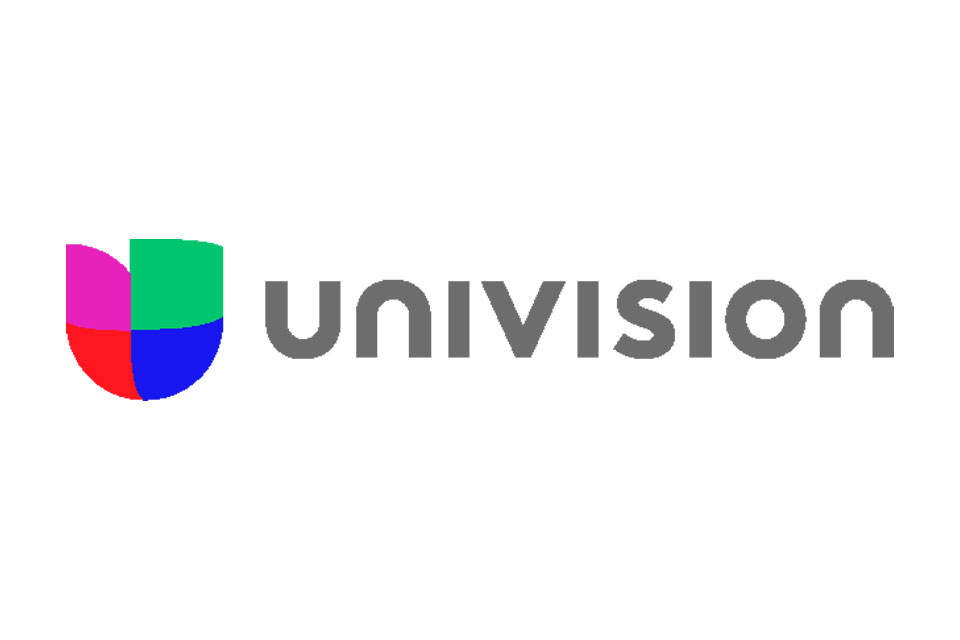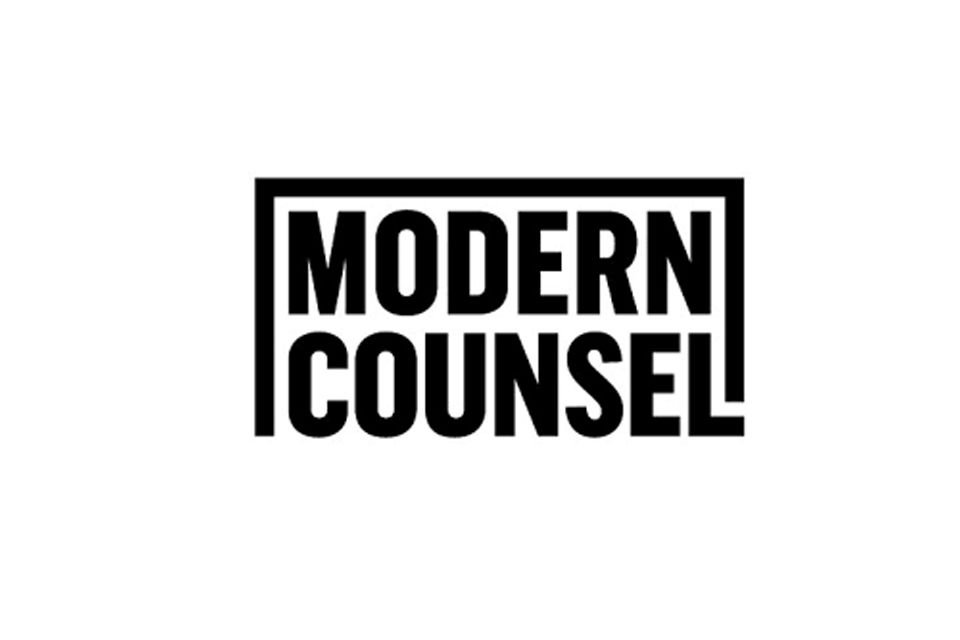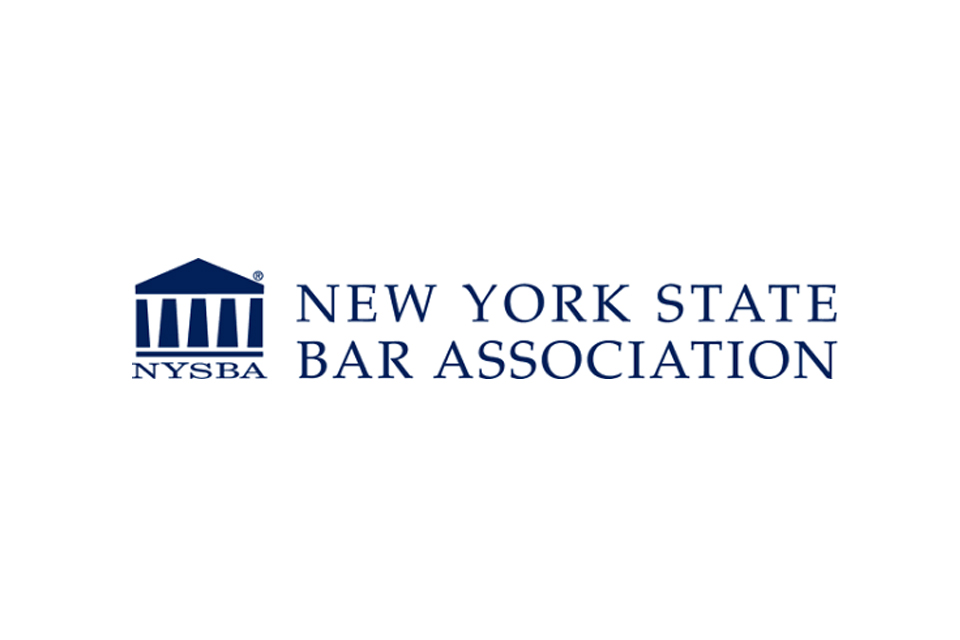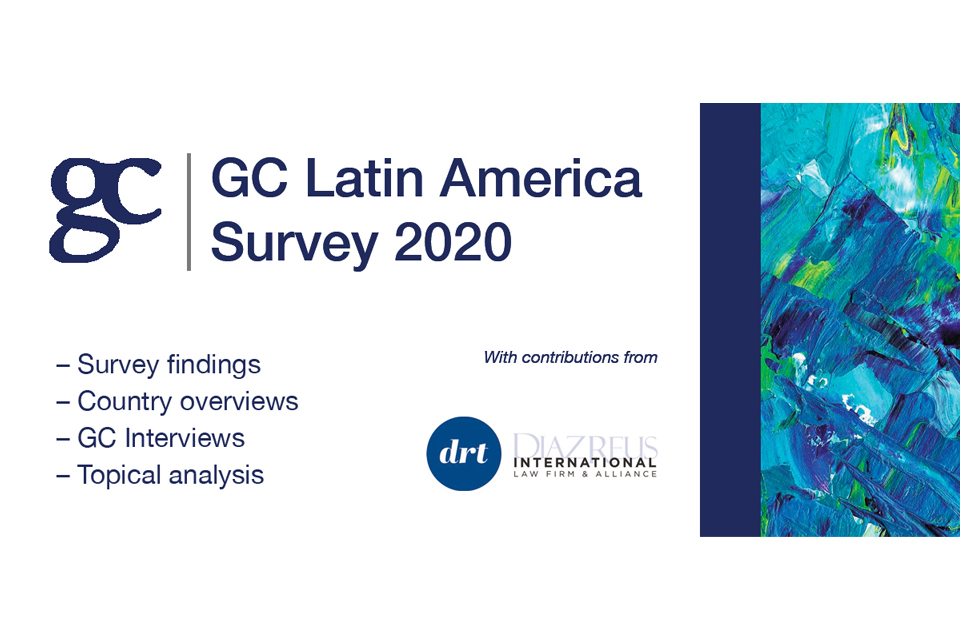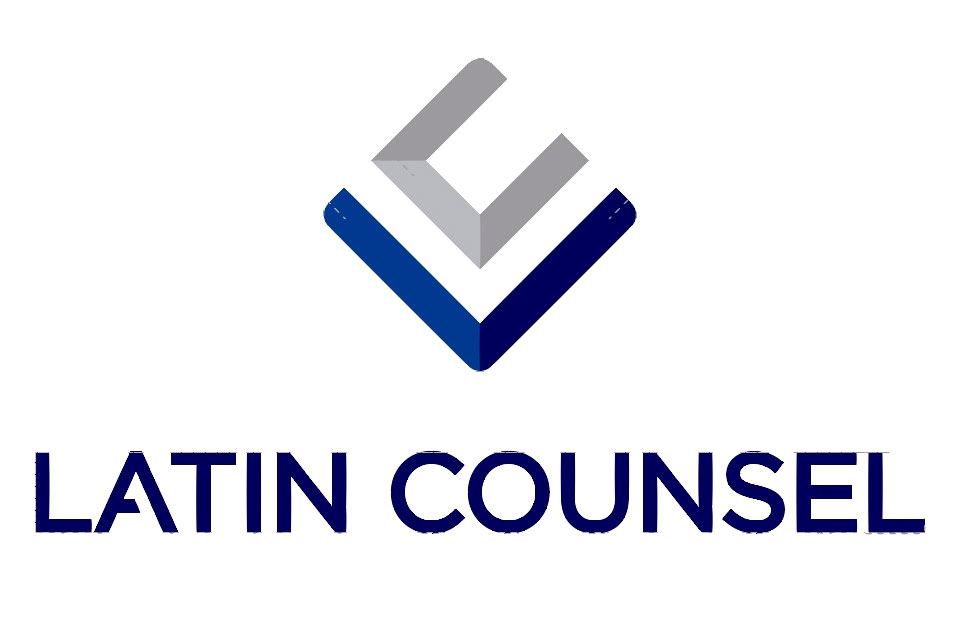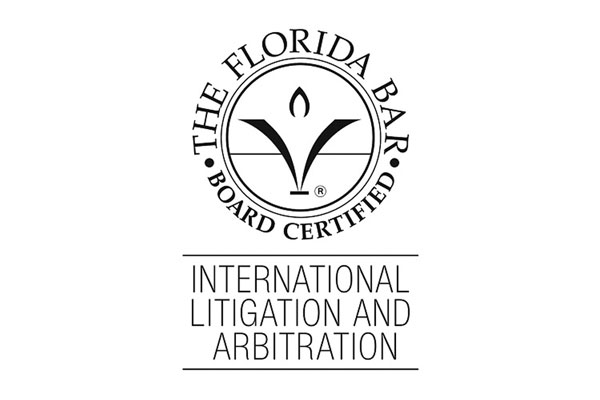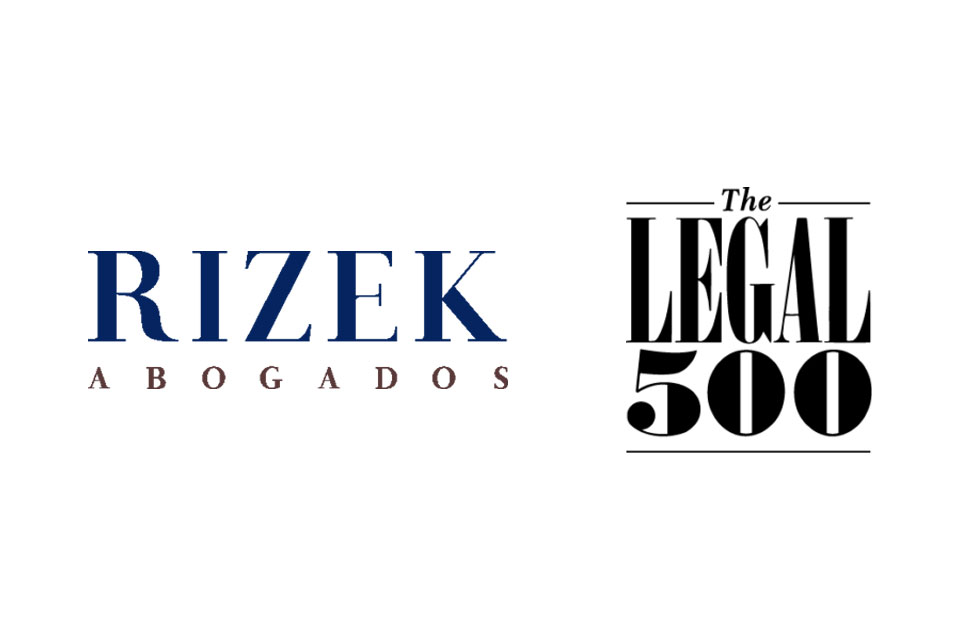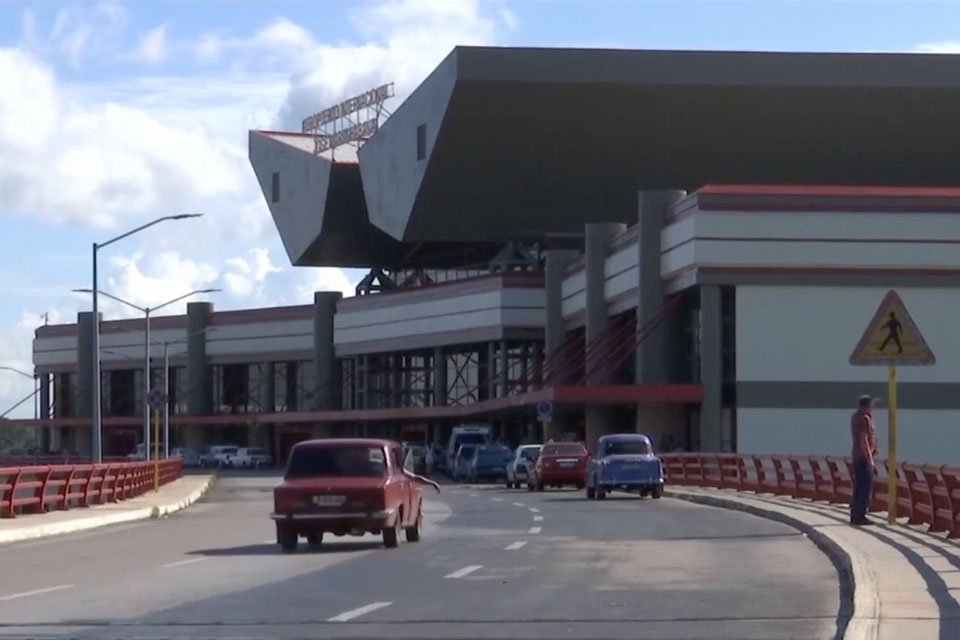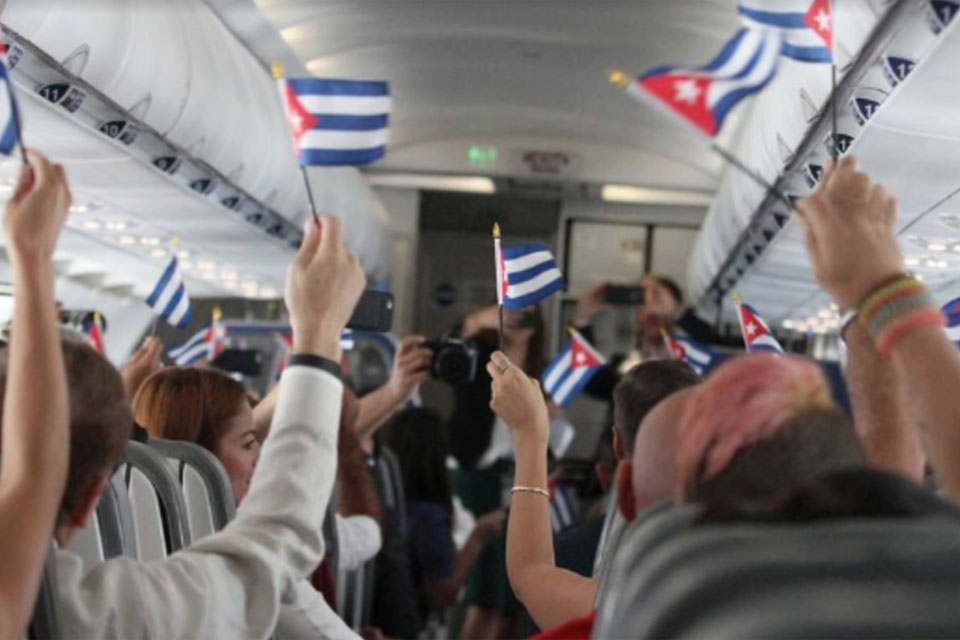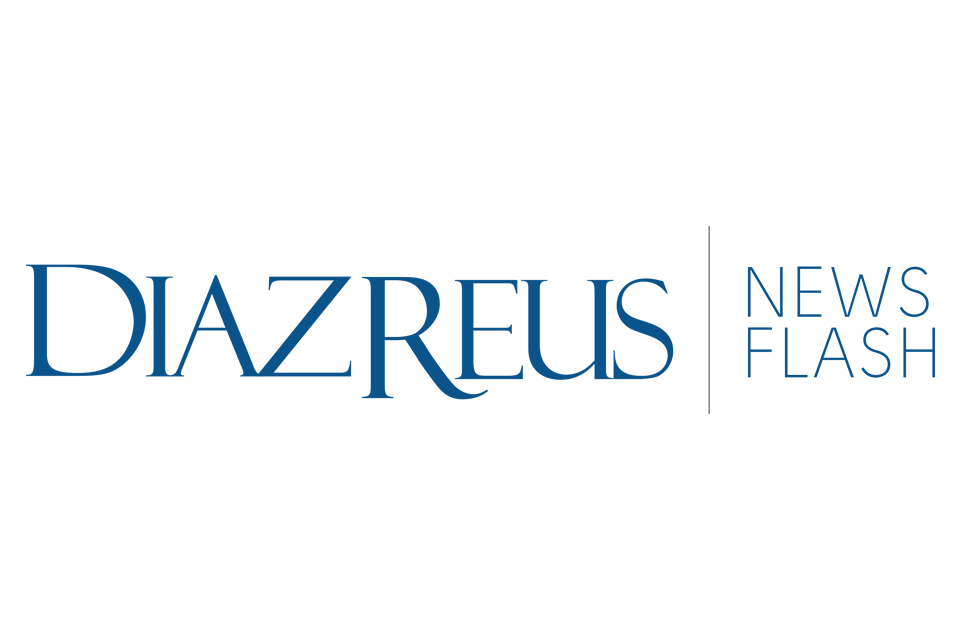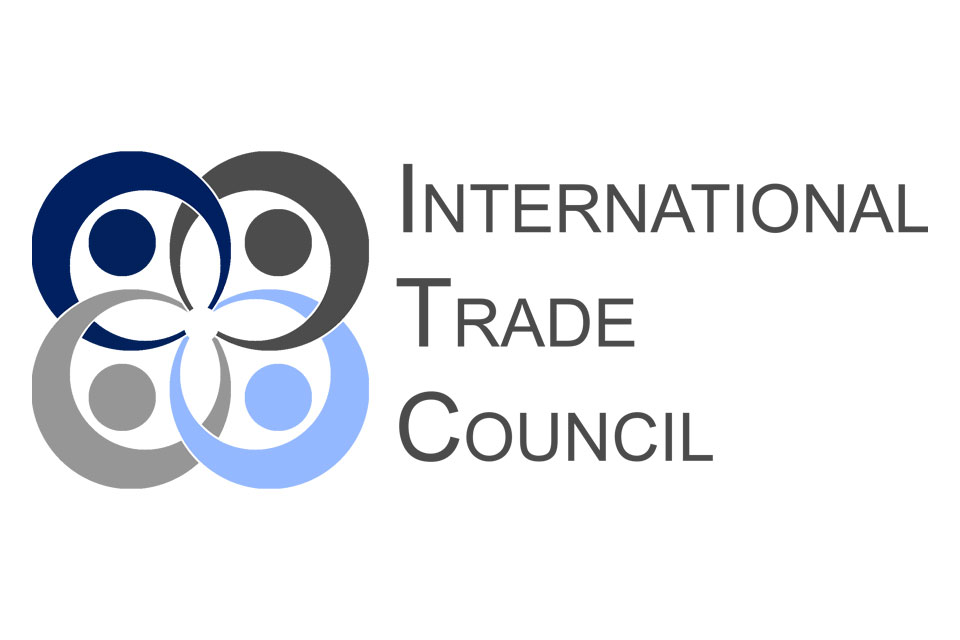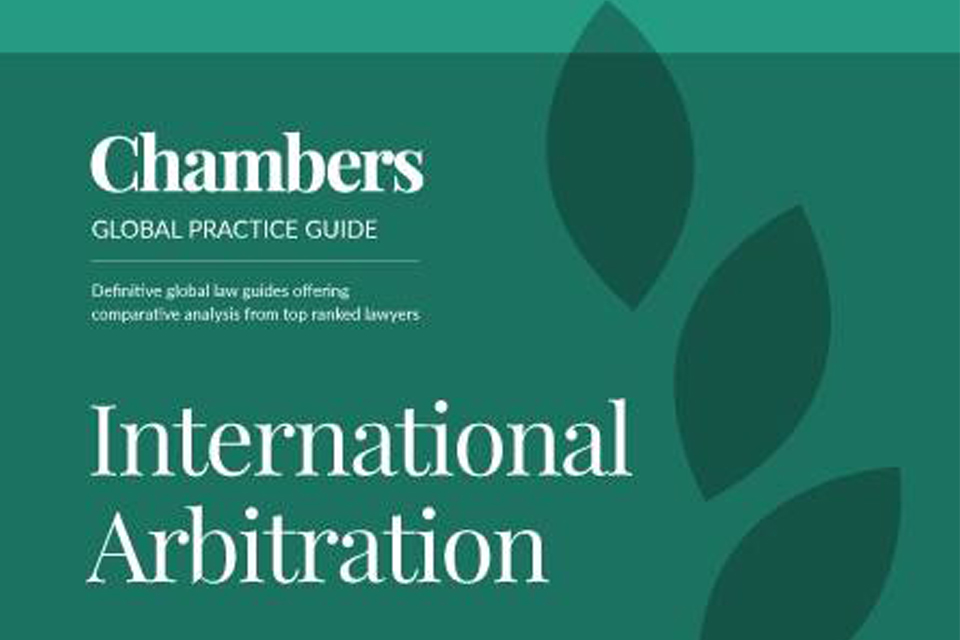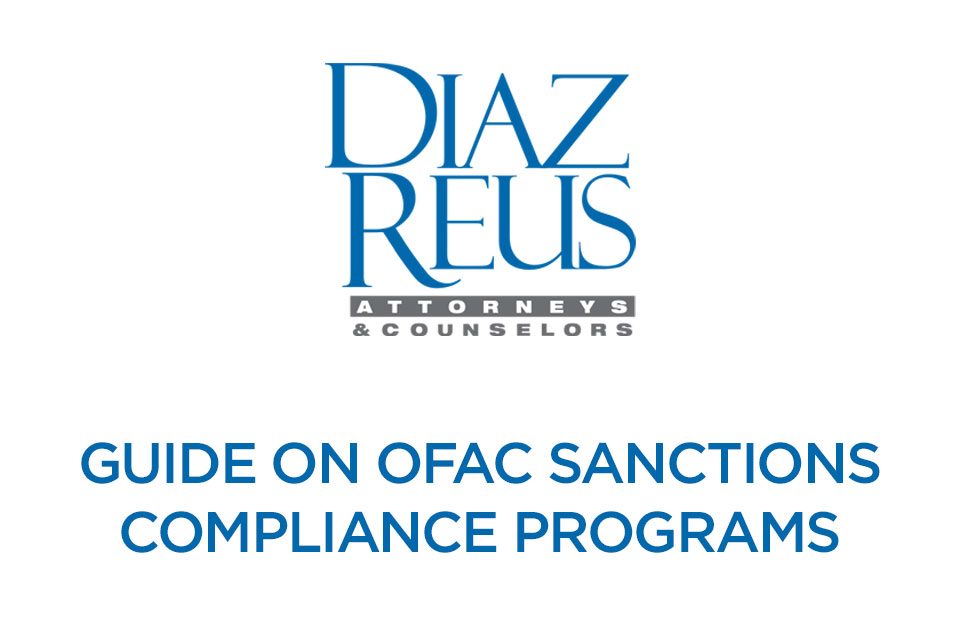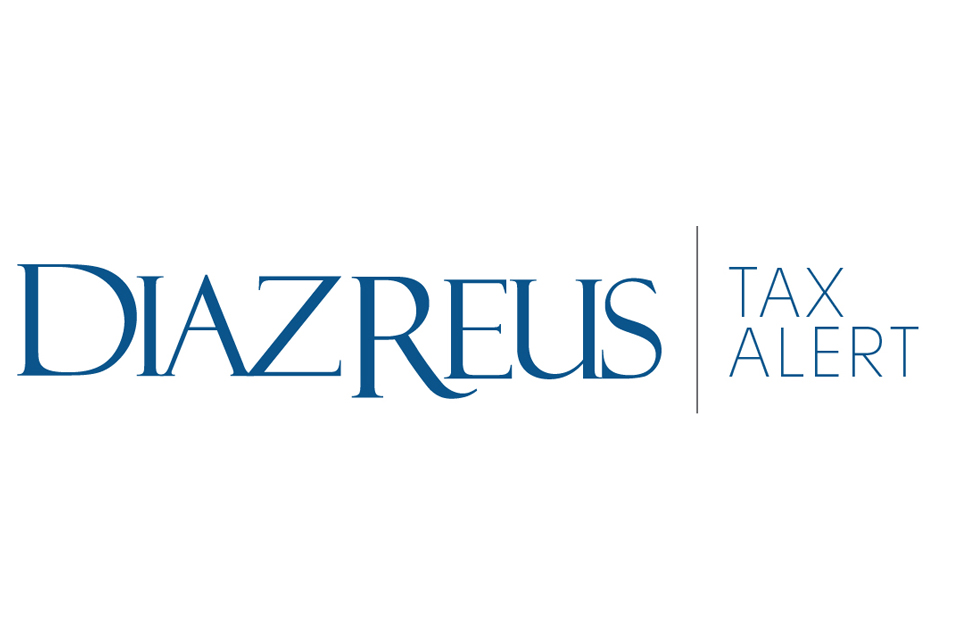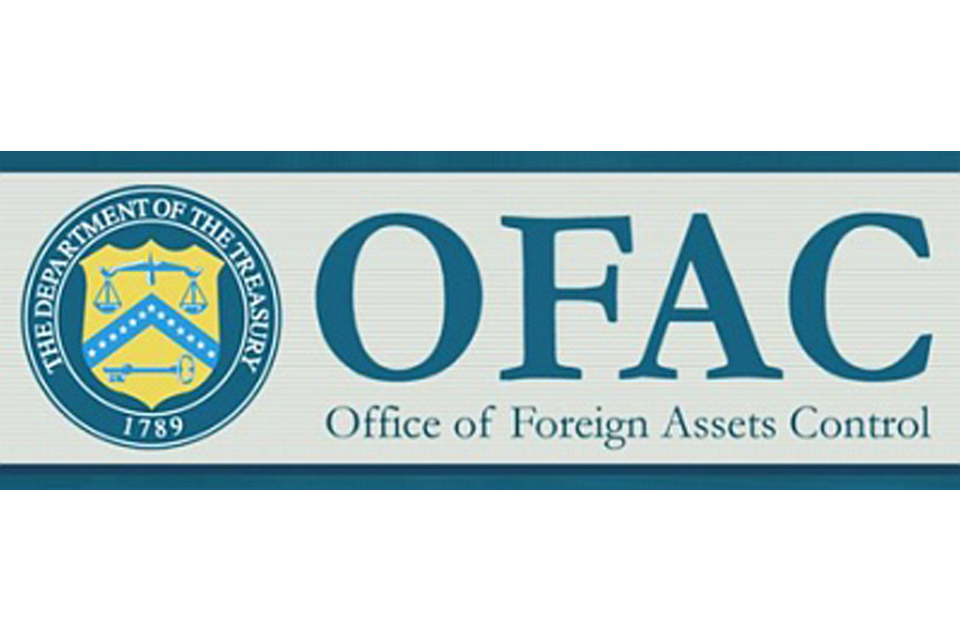Law360, New York (September 14, 2016, 9:24 AM EDT) —
The United States and Cuba marked another historic milestone recently when JetBlue Flight 387 sojourned from Fort Lauderdale, Florida, to Abel Santamaria Airport in Santa Clara, Cuba. Flight 387 was the first direct commercial flight between the two countries in more than a half-century. Six months ago, the two countries signed an agreement to re-establish scheduled air service between them, moving beyond the charter services that had been the sole direct flights for many years. With the agreement, six U.S. airlines were permitted to fly to nine Cuban cities other than Havana (Santa Clara, Holguin, Matanzas, Camaguey, Cienfuegos, Santiago de Cuba, Cayo Coco, Cayo Largo del Sure and Manzanillo). Now, U.S. travelers can book flights online from 12 U.S. cities, including Miami, Los Angeles, Houston, Chicago and New York. In addition to JetBlue, the other U.S. airlines with approval to engage in commercial flights to the Cuban provinces are American Airlines, Frontier Airlines, Silver Airways, Southwest Airlines, and Sun Country Airlines.
The U.S. Department of Transportation also recently granted eight U.S. airlines permission to commence up to 20 scheduled daily flights between various U.S. cities and Havana. The eight airlines are Alaska Airlines, American Airlines, Delta Airlines, Frontier Airlines, JetBlue Airways, Southwest Airlines, Spirit Airlines and United Airlines. They will be required to begin services within 90 days of the final order’s issue date — one month before President Obama leaves office. The flights will provide service to Havana from Atlanta, Charlotte, Fort Lauderdale, Houston, Los Angeles, Miami, Newark, New York City, Orlando and Tampa.
These commercial flights are a potential economic boon for businesses in both countries. For U.S. airlines, it is a chance to move into an untapped market less than an hour’s flight from Miami. For Cubans, it means waves of demanding — and high-tipping — Americans that could transform the landscape in cities like Santa Clara that have been off the well-trodden path until now.
American Airlines (AA) has also obtained a business license in Cuba that will permit it to open city ticket offices in Cuba. That agreement, signed with the Cuban Chamber of Commerce in the last few weeks, permits AA to legally make purchases on the island and open a commercial bank account there. It will indirectly contract with some 200 Cuban workers to be the face of its operations at the five Cuban airports it is currently authorized to serve.
An inability to directly hire employees presents one of the many legal and economic challenges for U.S. companies like AA trying to set up offices in Cuba. The Cuban government has an employment agency that presents the only avenue through which foreign companies may obtain workers. The U.S. company is required to use the employment agency, to which it pays a rather high fee, and request the type of employees that it seeks. And while the Cuban agency provides the workers, the U.S. company does not pay workers directly. This type of arrangement can affect a company’s ability to hire, fire and control the quality of its workforce. In a customer service-based field such as the airline industry, those issues are only compounded.
Although U.S. tourism to Cuba is still illegal, there are now 12 categories of “authorized travel.” Some are quite easy for U.S. citizens to comply with, such as the category for “people-to-people” cultural exchanges or religious-based and humanitarian travel.
Approximately 161,000 Americans (not including Cuban-Americans visiting relatives, which is an exception of sorts) made the journey in 2015. This represents a 77 percent jump from the previous year. That number jumped another 80 percent in the first three months of 2016. Given that approximately 110 flights per day will start flying from cities throughout the U.S. to Cuba by the end of this year, that number should only increase.
The Cuban government is welcoming the wave of visitors, but with the influx of demanding American travelers, it is struggling to update infrastructure, which is already overwhelmed. The country is pushing to build new hotels, but demand will undoubtedly outweigh supply for years to come. In the meantime, much of the demand is expected to be absorbed by Cuba’s growing non-state hospitality sector, where tens of thousands of private bed-and-breakfasts have emerged across the country in recent years. With the start of commercial flights to lesser-known destinations like Santa Clara, Holguín and Camaguey, there is great hope among private entrepreneurs that they will be able to capture a significant share of the U.S. visitors that have until now been mainly concentrated in Havana.
The Cuban government has also given French companies Bouygues and Aeroports de Paris a concession to operate, renovate and modernize Havana’s Jose Marti Airport, where passengers often suffer excessively long waits to obtain their baggage. That updating will take many years.
Regardless, these historic flights can only create a domino effect of potential economic benefits for both countries.
—By Chad S. Purdie, Diaz Reus & Targ LLP, with the research assistance of Karel Suarez.
Chad Purdie is head partner of Diaz Reus’ Los Angeles office.
This article is for general information purposes and is not intended to be and should not be taken as legal advice.














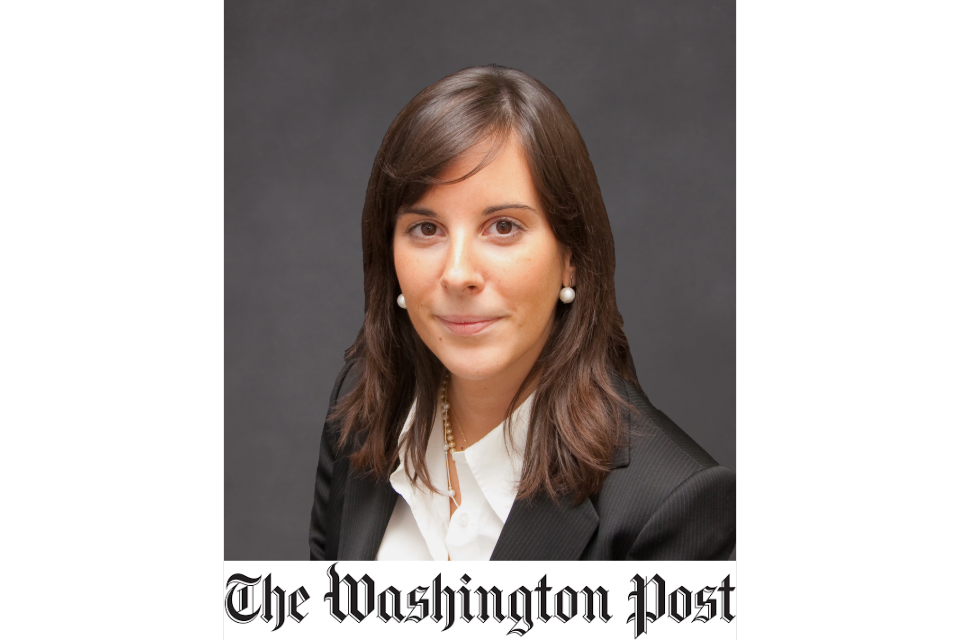


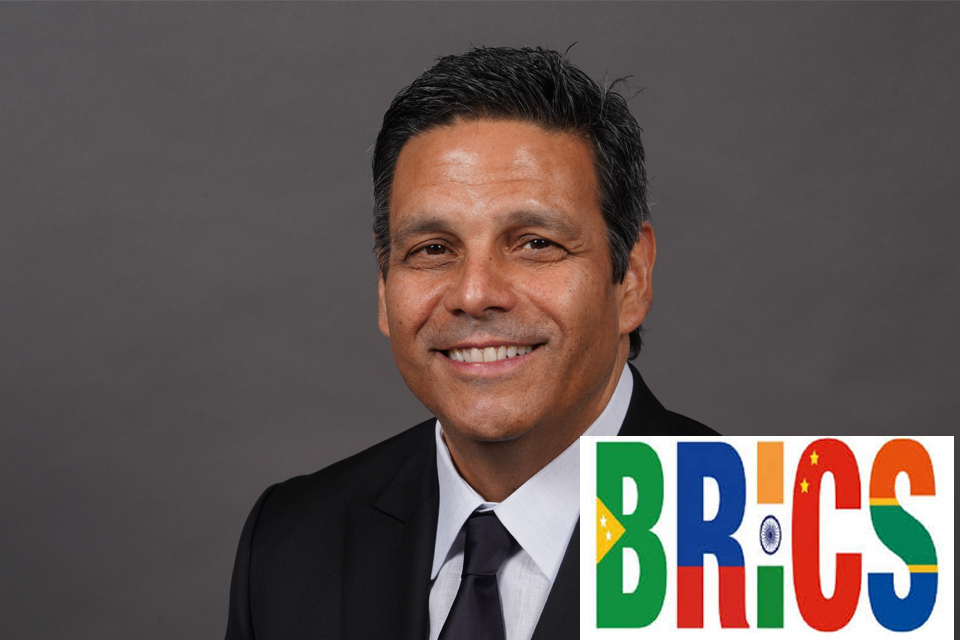



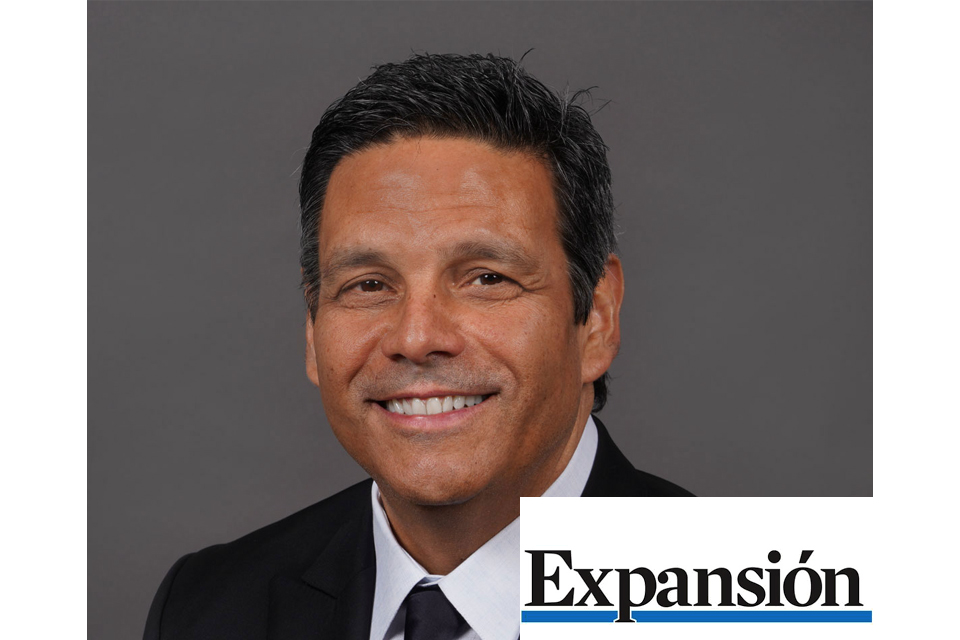












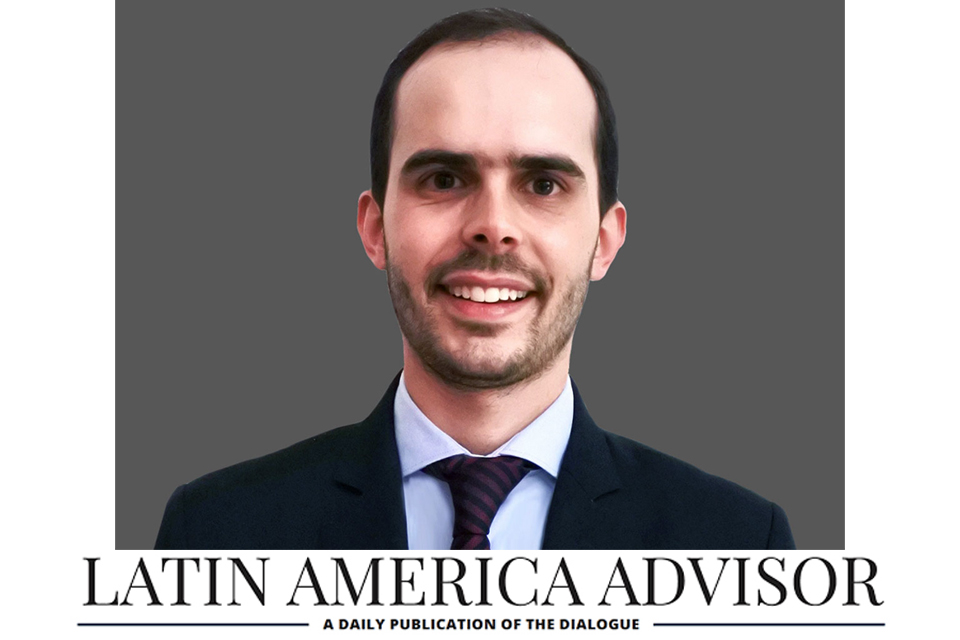

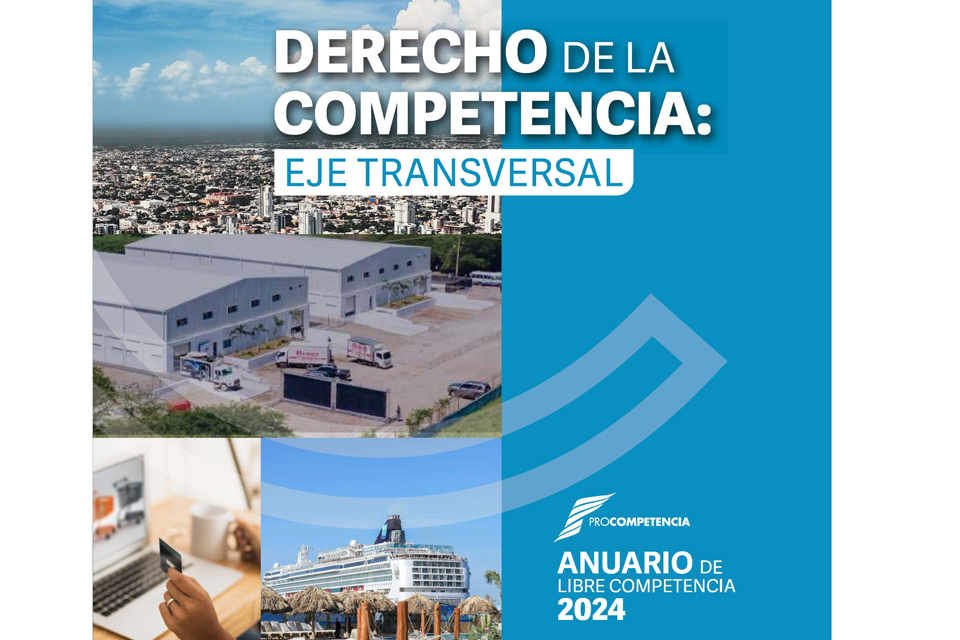































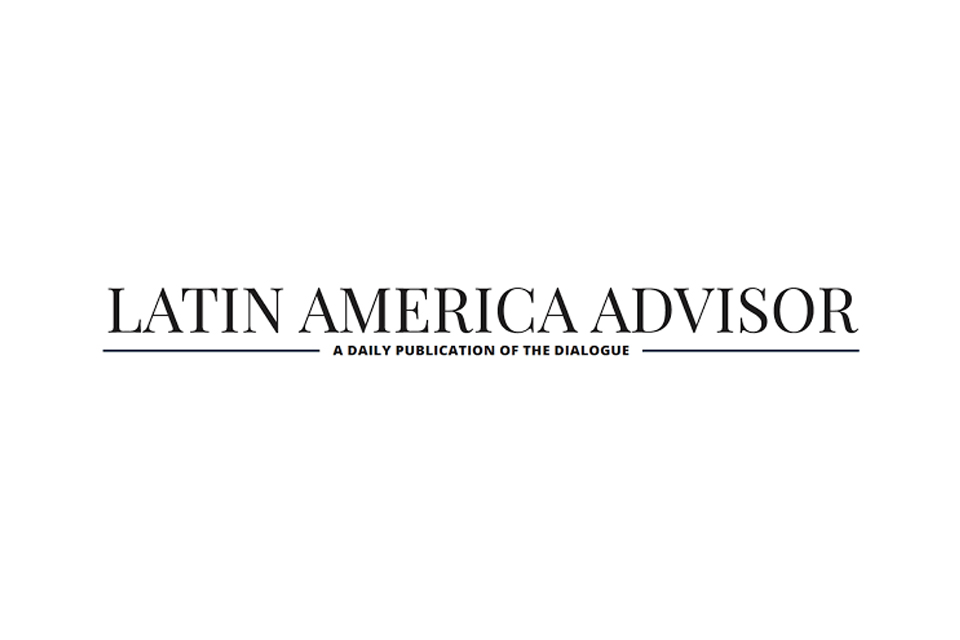









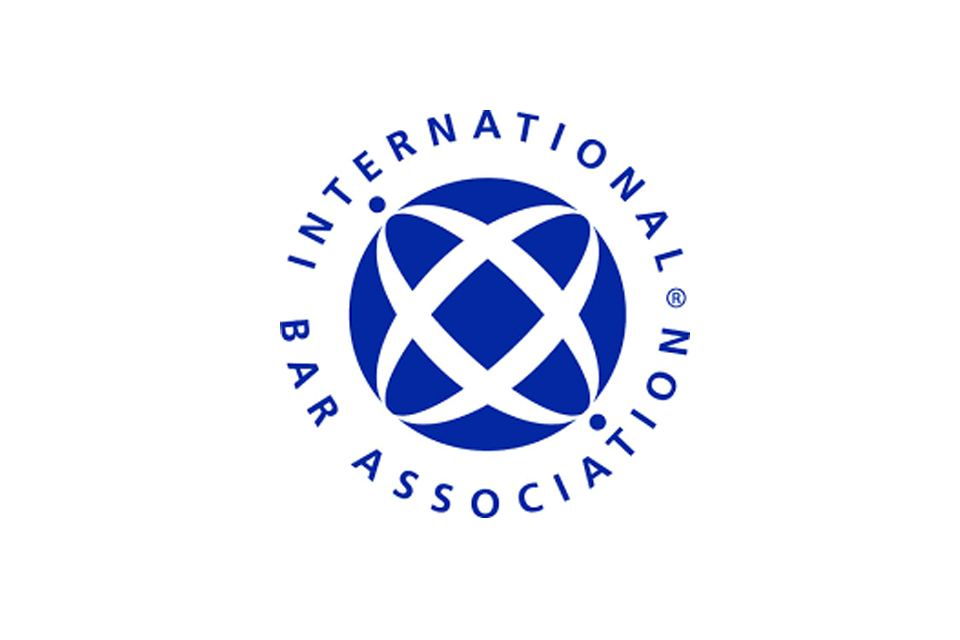
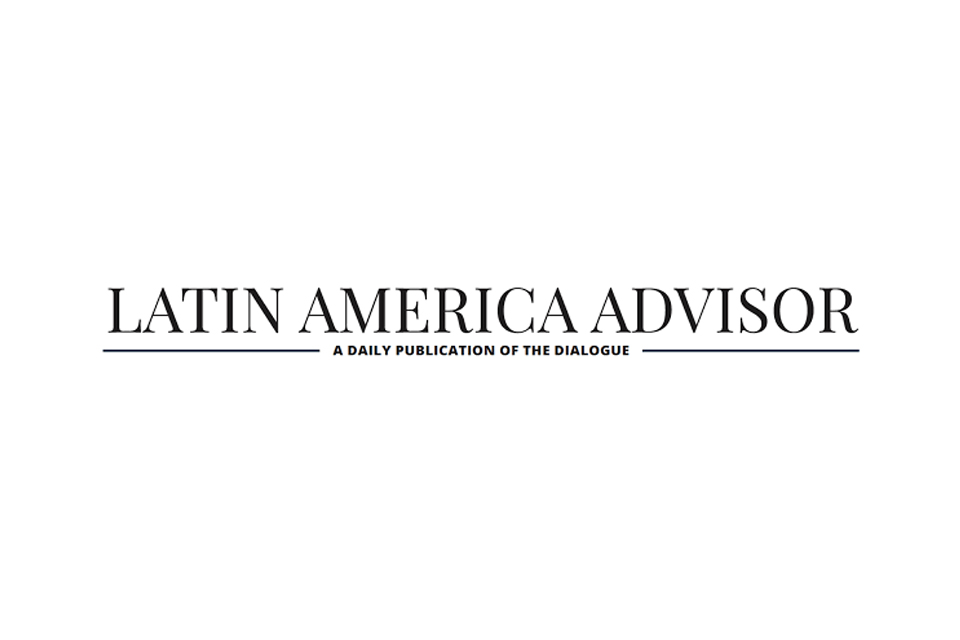
![Especial abogados Salón de la Fama[61] 4](https://diazreus.com/wp-content/uploads/2023/06/Especial-abogados-Salon-de-la-Fama61-4-1-pdf.jpg)






